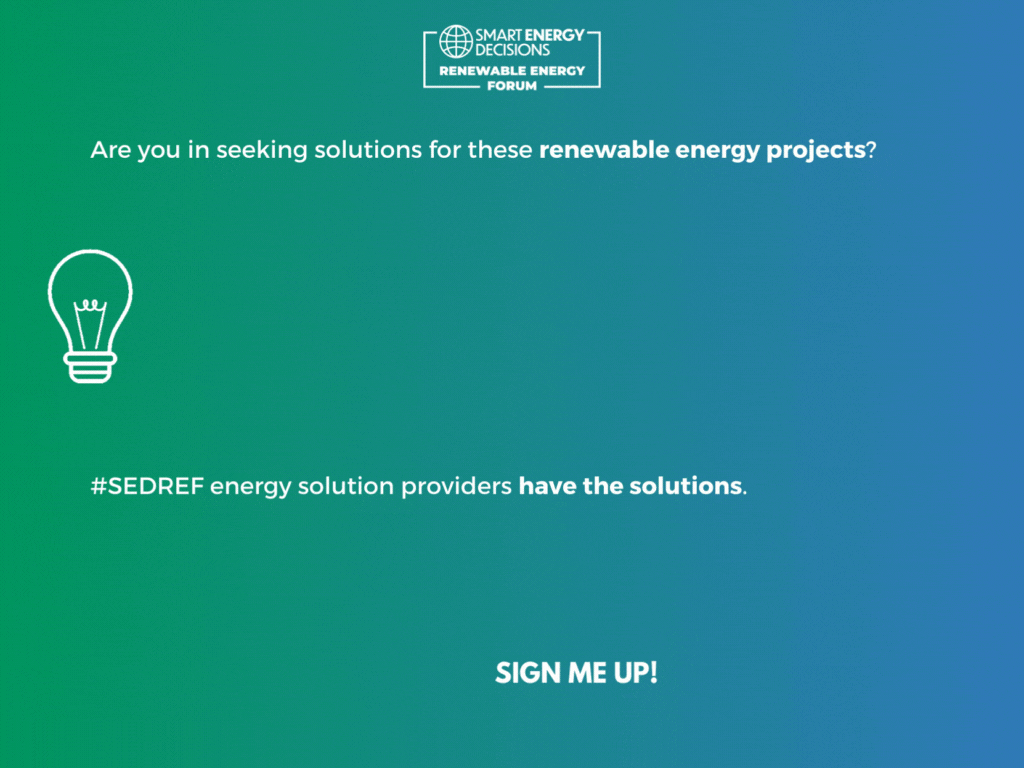Energy Efficiency, Commercial, Industrial, Sourcing Renewables - December 14, 2018 - By Neil Kolwey
Renewable Energy Purchasing vs. Climate Goals
Many large companies are developing 100% renewable purchasing goals; there are now over 140 companies that have made “RE100” pledges. Overall, these goals are part of a very promising trend towards adding more renewable energy to the grid. However, setting and achieving this type of goal can be daunting, while claims about using 100% renewable energy may be over-stated. An alternative is to set a strong climate goal based on energy efficiency and more selective renewable purchases. This approach is potentially more meaningful to the environment and will be more beneficial to companies’ bottom lines.
100% Renewable Energy Claims
There are basically three types of contracts for purchasing renewable energy. The first is to invest in an on-site solar project or partial ownership of an off-site renewable project. Second, a company can purchase renewable energy through a long-term (e.g., 10-15 year) power purchase agreement (PPA), which can either involve direct delivery of the electricity to the company’s facility(s) or involve the purchase of renewable energy certificates (RECs) from the renewable project (separate from the electricity). The third choice is to purchase RECs from a renewable project on a monthly or annual basis. Purchasing renewable energy through these short-term REC purchases accounts for about half of all voluntary renewable energy purchases in the U.S.
When a company achieves a 100% renewable energy goal, is it really using 100% renewable energy? If the company relies on virtual PPAs, its facilities are actually consuming the electricity from the mix of clean and fossil-based resources of the local grid. The company is purchasing the RECs from a remotely located renewable energy project, over a period such as 10-15 years, but does not receive any energy directly from the renewable project. Similarly, for short-term REC purchases, the company continues to consume electricity from the local grid. Therefore, for both of these types of purchases, it is definitely not accurate to say the company is consuming “100% renewable energy.”
Even if a company achieves its renewable energy goal through a combination of on-site solar projects and long-term PPAs from projects located near its facilities (e.g., within the same eGRID sub-region), it is still relying on the reliability services provided by the local grid to complement the intermittent production of the renewable projects. Ensuring the grid’s reliability typically involves some fossil fuel resources – coal and natural gas combined-cycle plants for baseload and intermediate resources in the dispatch order, and natural gas combustion turbines for peaking.
Climate Goals and Strategies
A clearer path to achieving and claiming environmental benefits is to set a climate or GHG reduction goal. This type of goal encourages companies to start by focusing on improved energy efficiency since that is the most cost-effective option for reducing GHG emissions.
Many companies have achieved impressive emission reductions and cost savings through energy efficiency. For example, IBM has established a goal to reduce carbon dioxide emissions associated with IBM’s energy consumption by 35% by 2020 compared to 2005, and to achieve annual energy savings of 3.5% of IBM’s total energy use. In total since 1990, IBM's energy efficiency efforts have saved more than 7.2 million megawatt-hours (MWh) of electricity, avoided over 4.4 million metric tons of CO2 emissions, and saved the company more than $570 million. Many other companies such as 3M, Toyota, and United Technologies have also achieved impressive emission reductions and cost savings through their aggressive climate goals and strong energy efficiency efforts over the last ten to twenty years.
The leading companies in energy efficiency use a continuous improvement approach to energy management, referred to as strategic energy management (SEM). Through incorporating the key principles of SEM into their operations, companies are able to achieve on-going energy savings, cost savings, and GHG emission reductions. SEM principles include management support for long-term energy goals, assignment of energy management responsibilities, and tracking of energy use and key performance indicators (e.g., Btu of energy consumed/pound of product). Certification in the ISO 50001 energy management standard can be a culmination of the process to integrate the SEM principles into the company’s culture and management systems.
After establishing a strong foundation in energy efficiency and SEM, companies should consider on-site solar projects and renewable energy purchases through long-term PPAs, which both offer financial benefits. Additionally, direct ownership of renewable projects and long-term PPAs make a significant contribution to the financing of new renewable projects, making claims of Scope 2 emission reductions for these types of projects/purchases much more credible than for short-term REC purchases, which make only a small contribution to the financing of renewable projects.
If your company has land available, on-site solar projects will generally offer better financial terms than PPAs for off-site projects. Long-term PPAs for renewable energy can offer electricity price savings or at least price hedging benefits compared to conventional power purchases from the company’s local electricity provider(s). Although virtual PPAs can offer similar financial benefits to PPAs involving direct delivery of the energy, some companies such as Google and IBM have made it their policy to pursue direct delivery contracts whenever possible. These companies prefer to know that the renewable energy purchased is actually being consumed by their facilities.
Is it clear how companies should account for renewable energy purchases in their GHG emissions reporting? The World Resources Institute’s most recent guidance for Scope 2 emissions reporting for renewable energy purchases makes no distinctions between long-term PPAs and short-term REC purchases, allowing companies to claim 100% offsets for Scope 2 emissions associated with any of these renewable purchasing options. Ideally, the percentage of emission offsets allowed for the long-term PPAs should be based on the estimated emission reductions from adding more renewable generation, taking into account any increase in renewable curtailments. For now, however, companies can continue to claim up to 100% offset credits for each kWh of electricity purchased through long-term PPAs. For short-term REC purchases, many people are questioning whether these purchases make a significant enough contribution to adding new renewable energy to justify any claims of emission offsets.
Meaningful Claims and Clear Benefits
It sounds very impressive and sexy to announce a 100% renewable energy goal. However, setting a strong climate goal provides a clearer path for your company to reduce emissions, especially through focusing on energy efficiency. In addition, investing in on-site solar projects and long-term PPAs for renewable projects will provide clear benefits to your company’s bottom line, while also significantly reducing emissions and benefiting the environment.
 Neil Kolwey is the Industrial Program Director at the Southwest Energy Efficiency Project (SWEEP), where he promotes best practices in utility energy efficiency programs for industrial customers throughout the region. Neil also manages a voluntary program that provides networking and training opportunities to Colorado industrial facilities. Before joining SWEEP, Neil worked for E Source for 9 years, focusing on greenhouse gas consulting and utility energy efficiency programs for large customers. Neil has an MS in Environmental Management and Policy from Lund University (Sweden), a BS in mechanical engineering from the University of Iowa and is a registered Professional Engineer.
Neil Kolwey is the Industrial Program Director at the Southwest Energy Efficiency Project (SWEEP), where he promotes best practices in utility energy efficiency programs for industrial customers throughout the region. Neil also manages a voluntary program that provides networking and training opportunities to Colorado industrial facilities. Before joining SWEEP, Neil worked for E Source for 9 years, focusing on greenhouse gas consulting and utility energy efficiency programs for large customers. Neil has an MS in Environmental Management and Policy from Lund University (Sweden), a BS in mechanical engineering from the University of Iowa and is a registered Professional Engineer.
Note: The views expressed in this column belong solely to the author.
Stay Up-To-Date












